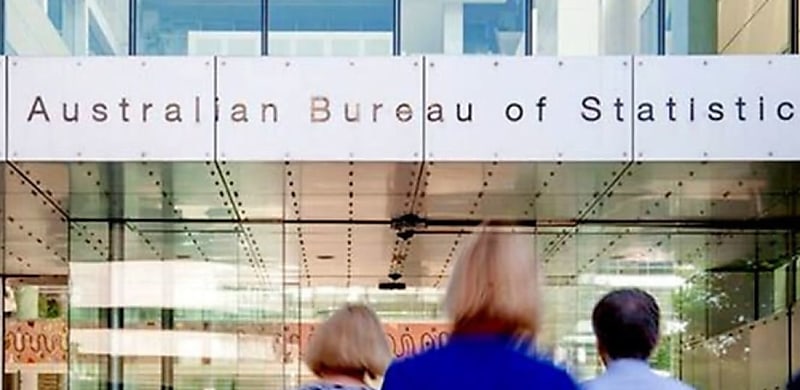
The latest CPI data has revealed a sharp fall in the inflation growth rate.
The latest data on the Consumer Price Index (CPI) released by the Australian Bureau of Statistics (ABS) has revealed that the growth in inflation is slowing drastically, following years of elevated growth.
According to the ABS, there was a rise of just 0.6 per cent in the December 2023 quarter, down from the 1.2 per cent recorded in the September quarter, and 4.1 per cent annually.
Annual trimmed mean inflation was 4.2 per cent, down from 5.1 per cent recorded during the September quarter.
This was the fourth consecutive quarter of lower annual trimmed mean inflation, down from the December 2022 peak of 6.8 per cent.
Moreover, according to ABS head or prices statistics Michelle Marquardt, the December CPI increase was the smallest quarterly rise since the March 2021 quarter.
Annual inflation has now plummeted from its peak of 7.8 per cent in December 2022 despite prices continuing to rise for most goods and services.
The December quarter CPI figures returned lower than what was forecast by the RBA and major bank economists, after it was heavily anticipated that this CPI dataset would be of heavy influence to the RBA’s monetary policy decision set for early February.
The big four bank economists had already agreed that the RBA will decide to hold the cash rate during the February meeting, barring any upside surprises.
According to the ABS, the most significant contributors to the quarterly CPI rise were increases in housing (1 per cent), alcohol and tobacco (2.8 per cent), insurance and financial services (1.7 per cent), and food and non-alcoholic beverages (0.5 per cent).
Housing was mainly driven by new dwellings purchased by owner-occupiers, which increased 1.5 per cent, rents (up 0.9 per cent), and utilities (0.6 per cent).
“Higher labour and material costs contributed to price rises this quarter for construction of new dwellings. The 1.5 per cent increase is slightly higher than the 1.3 per cent rise in September 2023 quarter,” Ms Marquardt said.
On an annual basis, the 4.1 per cent CPI rise was mostly attributed to increases in housing (6.1 per cent), food and non-alcoholic beverages (4.5 per cent), and alcohol and tobacco (6.6 per cent).
Also released today (31 January) was the monthly CPI indicator for December, which rose 3.4 per cent in the 12 months to December, down from the 4.3 per cent rise in the 12 months to November.
[RELATED: December CPI forecast below RBA’s expectations: Economists]
 Login
Login











JOIN THE DISCUSSION